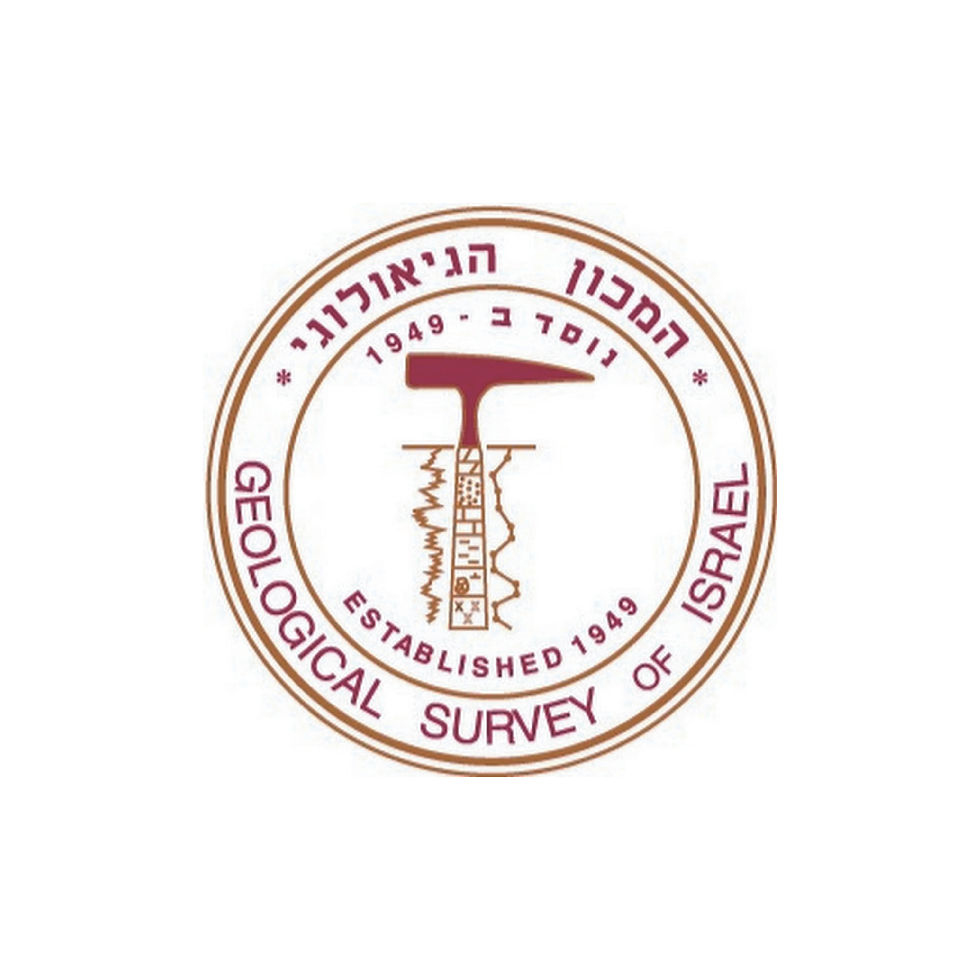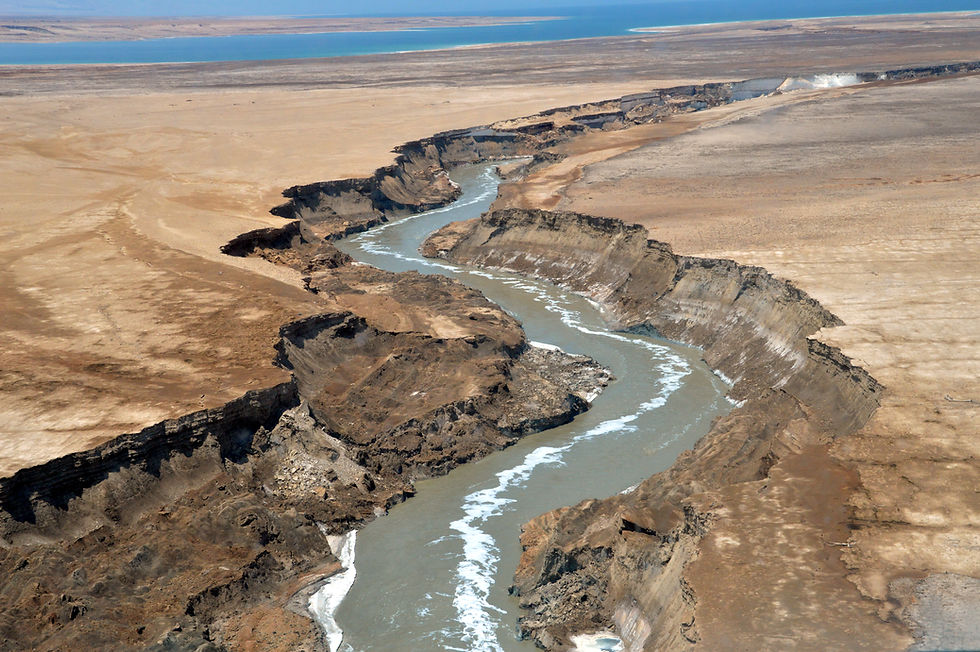RESEARCH SUBJECTS
FUNDING

ISRAELI GOVERNMENT UNDER GEOLOGICAL SURVEY OF ISRAEL DEAD SEA PROJECT 40391

UNITED STATES - ISRAEL BINATIONAL SCIENCE FOUNDATION (BSF) GRANT 2018035

A JOINT GRANT OF UNITED STATES - ISRAEL BINATIONAL SCIENCE FOUNDATION (BSF) AND NSF

ISRAELI GOVERNMENT UNDER GEOLOGICAL SURVEY OF ISRAEL DEAD SEA PROJECT 40391
The Dead Sea shores: From a liability to an asset
EVAPORATION FROM DEEP HYPERSALINE LAKE
















Evaporation is a major component of the water, heat, and salt budgets of lakes, yet it is the least known component, especially in hypersaline environments, and even more so in deep lakes. To directly measure evaporation and heat fluxes, we established two coastal stations and an offshore station based on a buoy; all are equipped by eddy covariance towers and energy budget stations. The harsh environment of the Dead Sea required special adaptations of the instruments from our team, such as development of automatic washing systems to keep lenses of the infrared gas analyzer clean in order to acquire long term high quality data. This state-of-the-art field observatory has never been applied to the Dead Sea. We are interested in the evaporation variations along the course of diurnal and seasonal cycles, as well as the dependence on spatial evaporation variations due to lateral surface water salinity variations.
Photos | Video | Facilities | Publications
LIMNOLOGY OF DEEP HYPERSALINE LAKE


















The dynamics of thermohaline stratification and halite saturation of the lake are essential in understanding processes of salt deposition. Yet, there were major unknowns in the literature due to a lack of essential data; we bridged the knowledge gaps by applying novel observational methodologies. We characterized the dynamics of the thermohaline stratification through high-resolution continuous measurements of temperature profiles using fiber optics Distributed Temperature Sensing. Additionally, we developed sensitive methods for determining of the degree of halite saturation and the rate of halite precipitation along the water column. We study the role of double diffusion salt fingering diapycnal fluxes across the metalimnion by various field measurements. A new fundamental finding is that salt fingering in stratified saturated brines reveals a unique asymmetry due to the cooling and thus supersaturated descending fingers. Our findings were unexpected and have global implications. Unlike shallow lakes that have been used for a century as an analog for understanding the formation of evaporites, showing that during dry summers the highest net evaporation is associated with the highest halite deposition rates, the new data from the epilimnion of the deep warm Dead Sea changes this paradigm.
Photos | Video | Facilities | Publications
EVAPORITIC SEDIMENTATION FROM DEEP HYPERSALINE LAKE


























These step-up improvements in knowledge of evaporation and thermohaline stratification, have allowed us to narrow down the primary processes controlling the spatiotemporal deposition dynamics of layers halite in the deep hypersaline Dead Sea. In addition to the monthly limnological measurements, we explore the lake floor by monthly underwater photography at different depths. This allow us to determine textural evolution of the active halite deposits and their relationships with the degree of saturation, which in turn, reflects the limnology and hydroclimatology conditions. We use both underwater photography devices and ROV. We developed a 'halite focusing' limno-sedimentological model, showing that halite units can triple in thickness in the deep parts of the lake, when accounting for focusing effects. These findings provide better understanding of the formation of past evaporite sequences and their paleoclimatic interpretation.
Photos | Video | Facilities | Publications






.jpg)








.jpg)


GEOMORPHIC RESPONSES TO BASE LEVEL LOWERING
The dramatic lake level decline of the Dead Sea provides a multi-setting natural laboratory for rare exploration of the geomorphic responses to base level fall. We integrate the data-rich field and remote sensing data to quantify the geomorphic responses of fluvial systems as a response to the lowering of the base level. The various fluvial systems crossing exposed shelves of different widths provide an excellent field scale case study to explore the LGM global level decline and the resulting responses of the fluvial systems. We have characterized the geomorphic response of streams to the continuous base level decline by spatiotemporal observations and analysis. We recognized that the coastline sinuosity recently increased with Dead Sea level decline and that it is related to the emergence of underwater landsliding scars excavated in the steep slopes. This finding is important in solving a variety of questions regarding sediment re-deposition in the sedimentary sequence of the lake's depocenter.
Photos | Video | Facilities | Publications
_edited.jpg)




